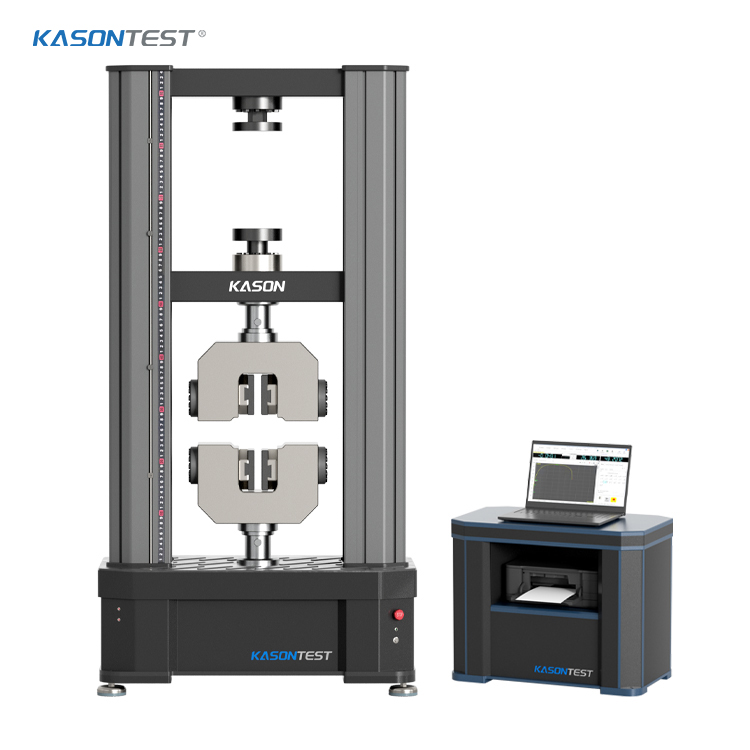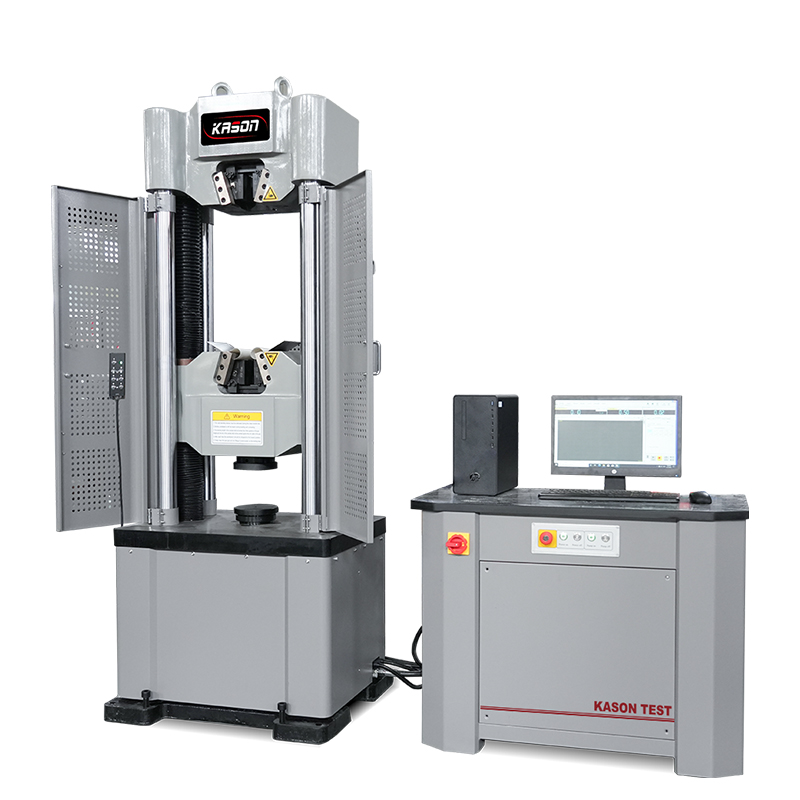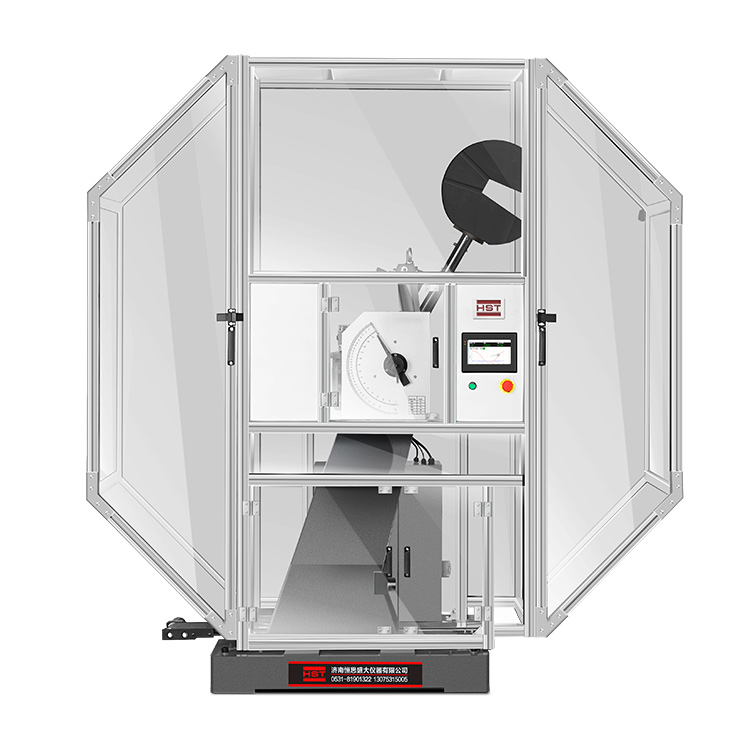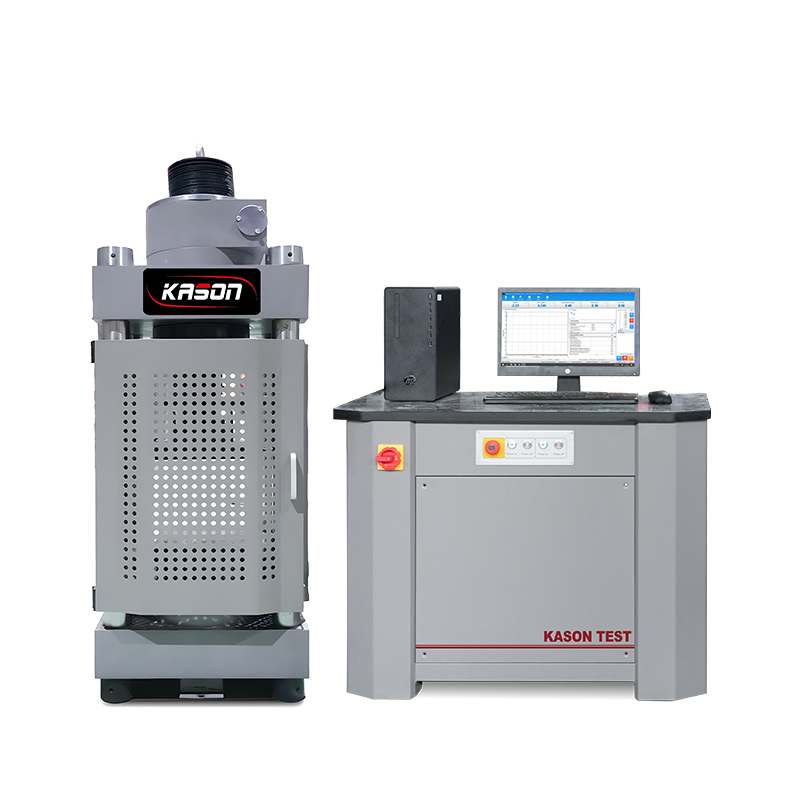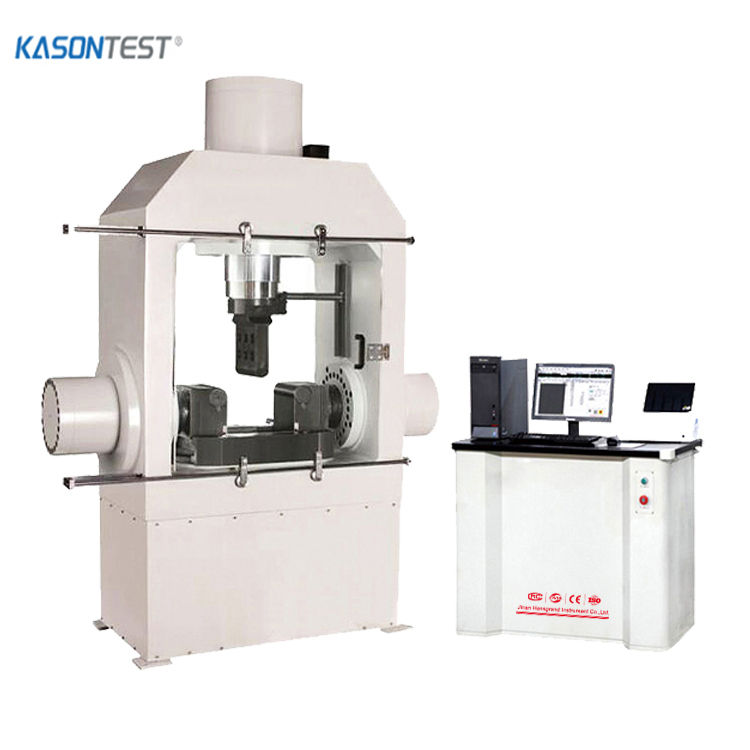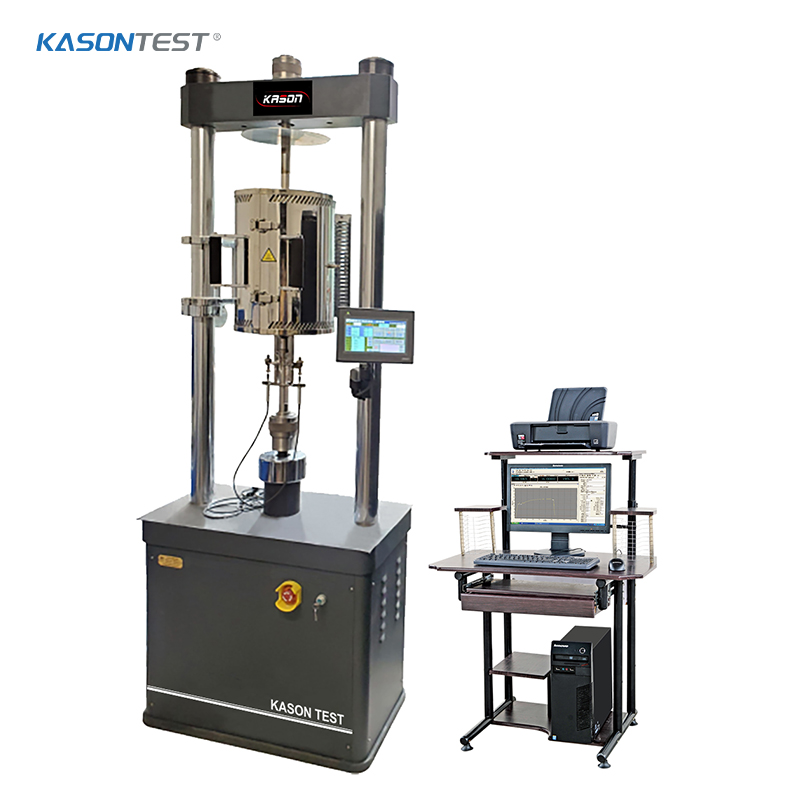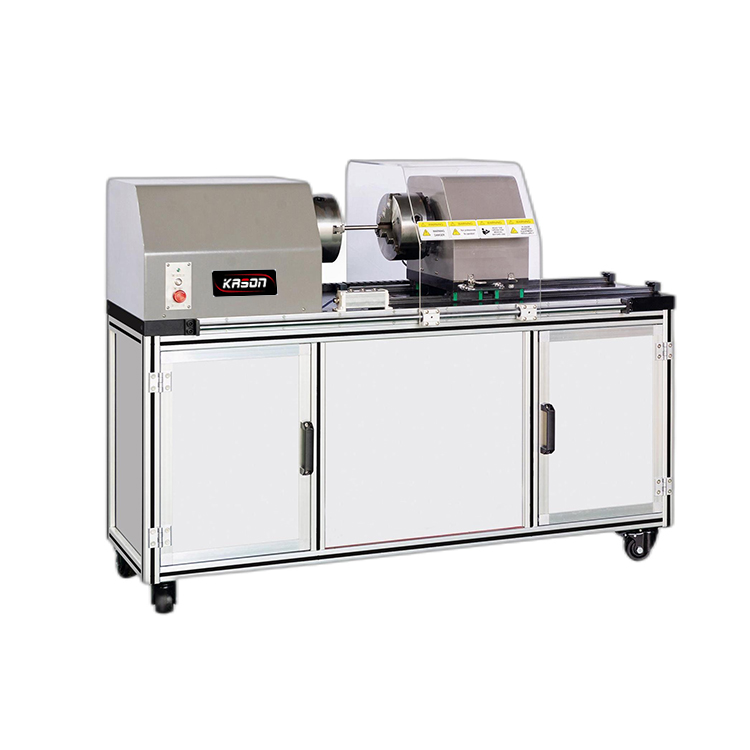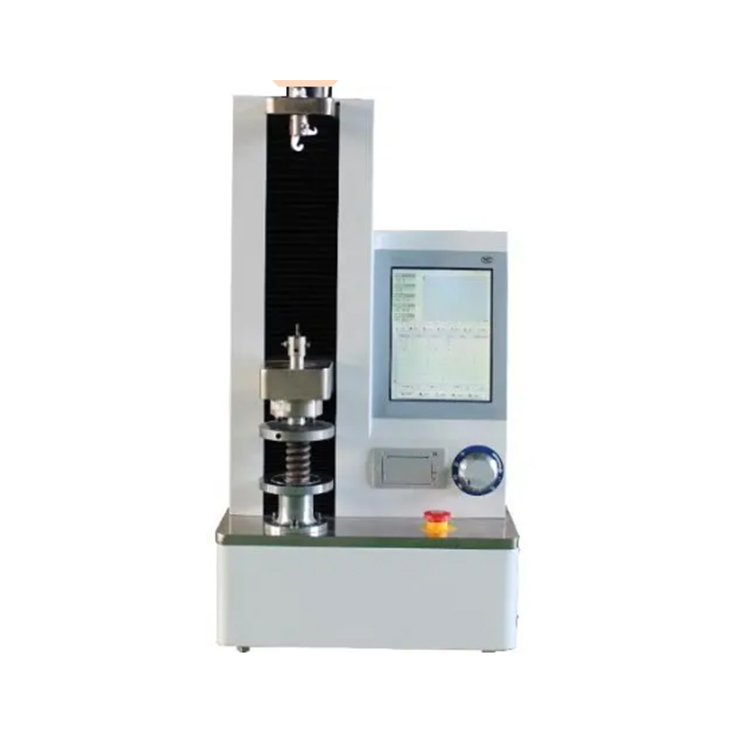Reinforced Concrete Testing
Reinforced concrete is a versatile and widely used construction material that combines concrete (made up of aggregate, cement, and water) with steel reinforcement to enhance its tensile strength and ductility.
To ensure the structural integrity of reinforced concrete, testing is essential. Engineers can assess the strength and durability of the concrete through various methods such as compression tests, flexural tests, and non-destructive testing. It is crucial to conduct reinforced concrete testing to guarantee that structures meet safety standards and can withstand various loads over time.
Our team of experts specializing in reinforced concrete testing is dedicated to helping you find the ideal solution for testing the strength and durability of your reinforced concrete. With our wide range of testing solutions, you can expect accurate results, every time.
What Are the Different Types of Tests Performed on Reinforced Concrete?
Reinforced Concrete Testing
Compressive Strength testsmeasure the resistance of concrete systems to compressive loads. Cylindrical or cubic samples are compressed until failure, and peak compressive strength is captured.
Flexural Strength testsmeasure concrete resistance to bending. Rectangular beams are loaded until failure, and flexural strength and modulus are measured.
Rebar Testing
Steel reinforcing bars, or rebar, are used in concrete construction to enhance tensile strength, complementing concrete's excellent compressive properties.
Tensile tests determine the yield strength, ultimate tensile strength, and elongation of steel reinforcing bars (rebar).
Bend and rebend tests assess the ductility of steel reinforcement. The rebar is bent to a specified angle and then bent back (rebend).
Concrete & Steel Bond Testing
Pull-out tests measurethe bond strength between a steel bar and the surrounding concrete. A rebar embedded in concrete is pulled out, and the force required to cause failure is measured.
Anchor Testing
Anchor testing involves subjecting anchors to various mechanical forces to assess performance and safety.
Tensile testing applies a direct pull force to the anchor in line with its axis, mimicking where an anchor experiences a tension force. By measuring the ultimate tensile load an anchor can withstand, you can get insights into its tensile strength and ductility.
Shear tests apply parallel loading to the base material or substrate. It simulates shearing forces due to wind, seismic activity, or other lateral loads. Measuring the ultimate shear load that the anchor can withstand before failing indicates shear strength and resistance to lateral movement.
Cyclic loading tests per ACI 355 apply repeated cycles of loading and unloading to the anchor, simulating service loading conditions, leading to the anchor's resistance to fatigue and potential for degradation due to repeated stress cycles.
Pre-Stressed Concrete Testing
Prestressed concrete uses high-strength steel tendons that improve the overall strength and performance of the structure.
Fiber Reinforced Concrete (FRC) uses small glass fibers that improve the tensile strength and ductility of the concrete.
High-Performance Concrete (HPC)is engineered to deliver specific properties, such as high strength or high durability while improving self-compacting properties.

